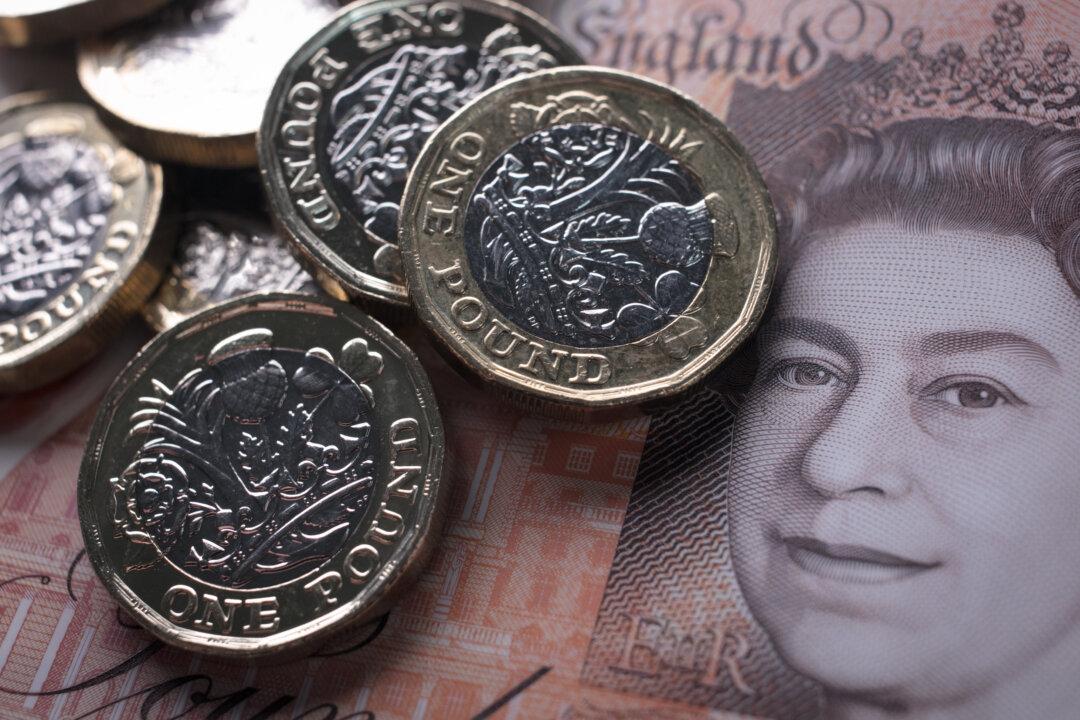By December 2020, the UK’s public debt to GDP ratio has reached its highest since 1962, official data revealed.
The Office for National Statistics (ONS) on Friday published its December report on public sector finances.

By December 2020, the UK’s public debt to GDP ratio has reached its highest since 1962, official data revealed.